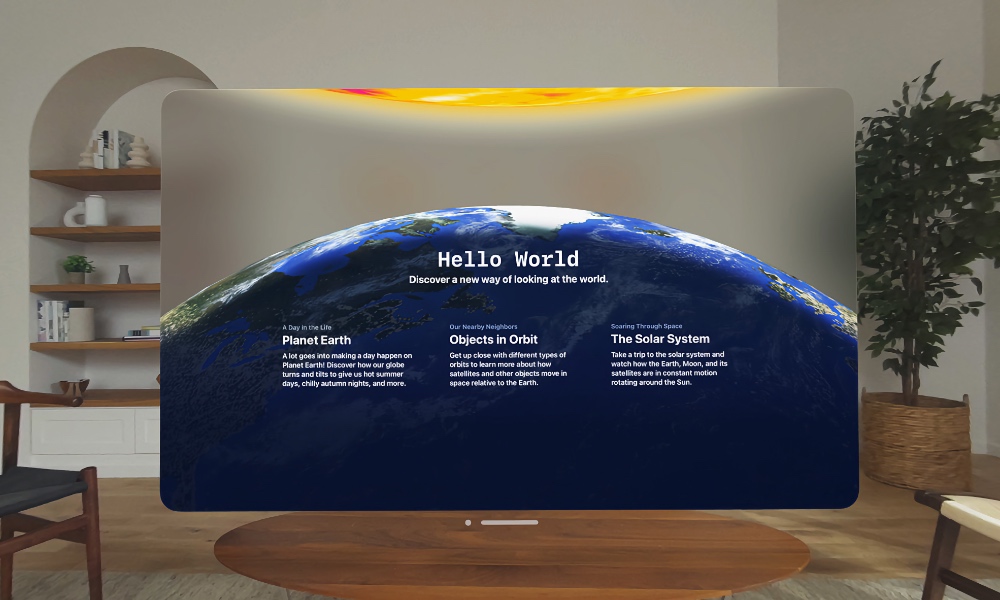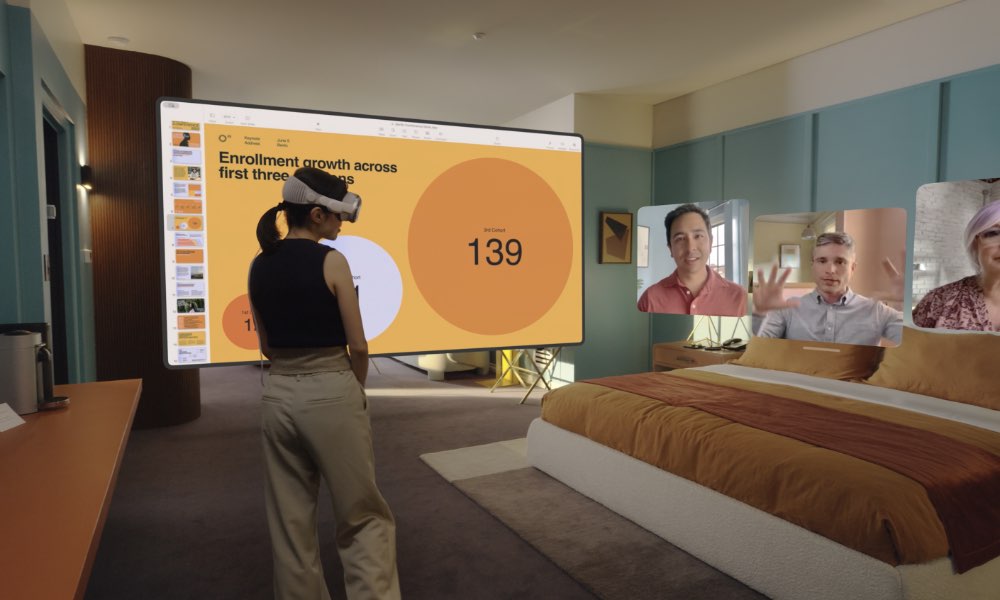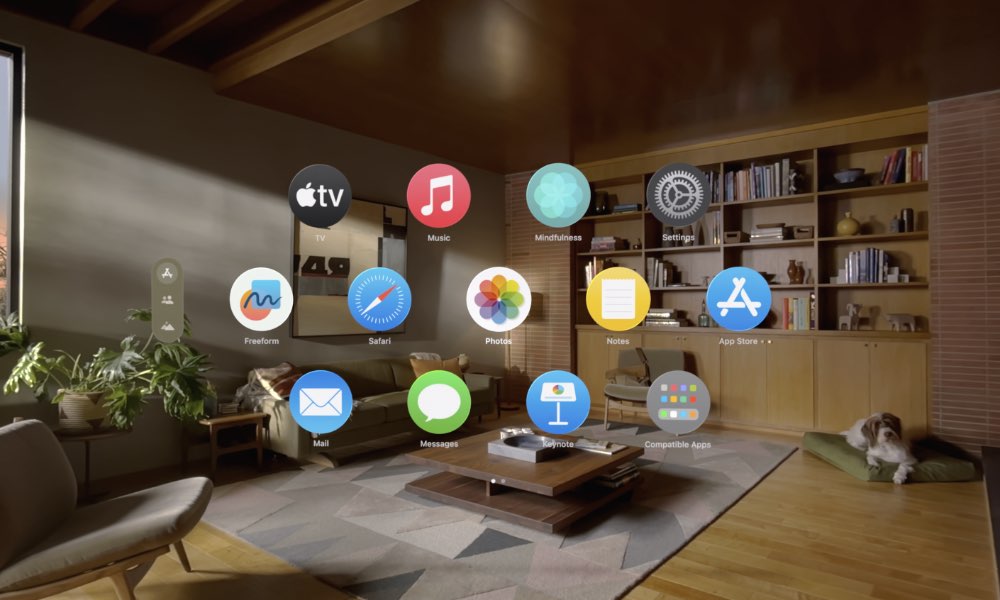Apple to Developers: Don’t Call Your visionOS apps ‘AR’ or ‘VR’

Toggle Dark Mode
Apple’s much-anticipated Vision Pro headset will officially land in stores on February 2, marking the beginning of a new era in “spatial computing.” With yesterday’s launch day announcement, Apple also released a new Xcode update to help developers get their apps ready.
The new update means developers can now finalize and submit their visionOS apps to the App Store. As first noted by 9to5Mac, Apple has also published a new page on its Apple Developer website with new guidelines for apps for the Vision Pro.
On the page, the company details its recommendations and requirements for Apple Vision Pro apps to be offered on the App Store. The page includes information about how developers should test their apps, create icons, prepare screenshots, and more.
Call visionOS App ‘Spatial Computing Apps,’ Not AR or VR

Apple’s new guidelines insist that developers not refer to their new apps with terms like AR (augmented reality), VR (virtual reality), XR (extended reality), or MR (mixed reality). Instead, Apple says visionOS apps should be referred to as “spatial computing apps.”
From the Apple Developer website:
Spatial computing: Refer to your app as a spatial computing app. Don’t describe your app experience as augmented reality (AR), virtual reality (VR), extended reality (XR), or mixed reality (MR).
The guidelines could be considered rather odd, being that Apple itself has been referring to the Vision Pro with terms like augmented reality and virtual reality when describing the headset’s capabilities.
It should be noted that many of Apple’s Vision Pro marketing materials call Vision Pro a “spatial computing” platform. However, during the product’s unveiling in June, Apple CEO Tim Cook called the product an “entirely new AR platform.”
Apple’s guidelines also include information about how developers should name their apps as well as how to describe them. The device maker tells developers when using the “visionOS” to be sure to use a lowercase “v.”
Apple’s specifications on what to call the Vision Pro are mostly a branding decision, as calling the headset a “spatial computing platform” helps set Apple’s new headset apart from AR/VR headsets offered by other companies, such as Meta’s mixed-reality headsets, which the company refers to as the “metaverse.” Apple global marketing VP Greg Joswiak has been quoted as saying that metaverse is “a word I’ll never use.”
Apple’s developer website also includes information about creating screenshots, how to convey surroundings, making sure surroundings don’t distract from the app, and also making sure the surroundings are “uncluttered and free of any items or materials that may include sensitive content, personal information, or intellectual property.”

Apple also tells developers to keep the app window straight in screenshots, to depict uncluttered surroundings, and to capture clearly rendered images.
App icon requirements include that an app icon should appear as a circular 3D object, with a background layer and one or two additional layers. App icons for compatible iPadOS and iOS apps should appear as square assets with rounded corners. App icons can expand slightly when viewed.
The Apple Vision Pro will be available starting at $3,499 (U.S.) with 256GB of storage. Pre-orders for Apple Vision Pro will begin on Friday, January 19, at 5 a.m. PT, with availability beginning Friday, February 2.







